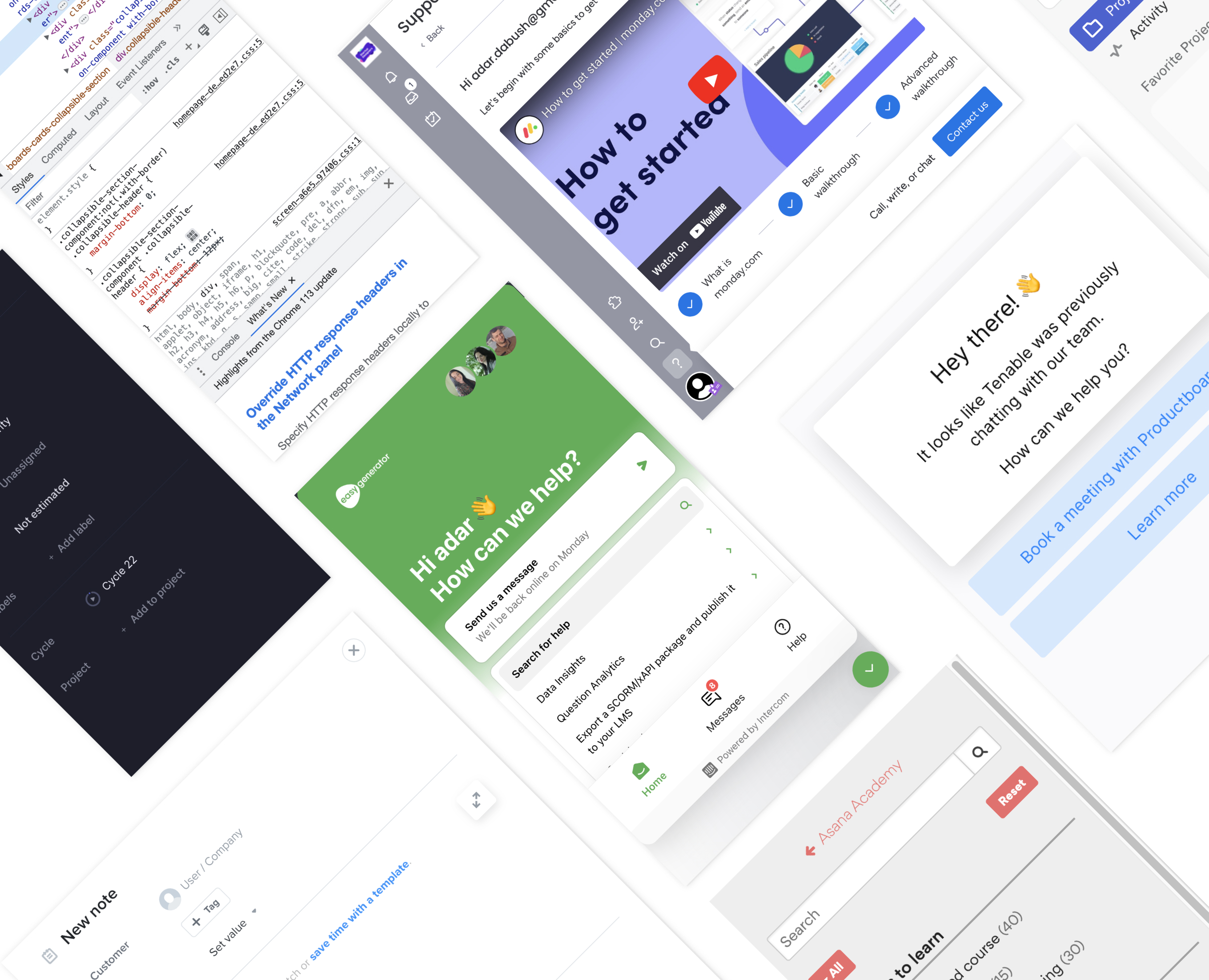It didn't work. We have failed
The Academy did not achieve its goals, and we failed to secure Series B funding. As a designer, it’s a familiar experience to see your work fade into the depths of the web’s archive. Despite this, I learned a great deal from the project, and I truly believe that, given more time, this product could have found its place in the world.


















